We’re an organization that focuses on the positive. One of the reasons for this is because that’s how we keep going. The work we do can be overwhelming at times, but putting the good things in the forefront of our mind helps keep morale strong (and we do see a lot of good things). Because the darker side of animal welfare involves things like neglect and animal cruelty/abuse. And today, we’re going to talk about them.
How are they defined?
Here’s what the KCMO Code of Ordinances has to say about animal cruelty and neglect. It obviously has very specific language, so let’s break it down bit by bit.
a) Adequate Care: Pet owners have to provide care, food, water, health care and shelter, all in ways termed “adequate.” What do those things mean in this context? That’s what the definitions are for. It’s alphabetical, so all those “adequates” are right there at the top.
Basically the pet should be given things that can reasonably be considered the base minimum of care. A clean, dry, shaded shelter to protect from the elements (aka a properly-sized dog house). Regular feeding that helps them maintain good health. Fresh, clean water continually available or at regular intervals in a container that can’t be knocked over by them. Attention to their needs. The appropriate vaccinations and health care, space for them to rest and exercise, and a visit to a vet when something’s wrong.
Then we get into a few other things. They need adequate exercise (which means they can’t be continuously chained, stabled, or tethered). Any tether has to be such that the dog won’t get tangled or injured by it. They need to be groomed if they tend to develop mats. Where a pet stays needs to be sanitary and not littered with stuff.
b) “Abuse. No person shall beat, cruelly ill-treat, torment, tease, overload, overwork or otherwise abuse an animal.” This one’s short and sweet, and seems pretty clear, right?
c) Inspection of adequate care or abuse. This one basically says, hey, if you’re getting an animal, know that the act of doing that authorizes the supervisor of animal control to enter your yard if they reasonably believe the animal is being kept in inhumane or cruel conditions to check on them and to impound them if it is determined that this is actually the case. And that if the officer can’t see the animal in question, you are obligated to bring your animals outside so they can have a look.
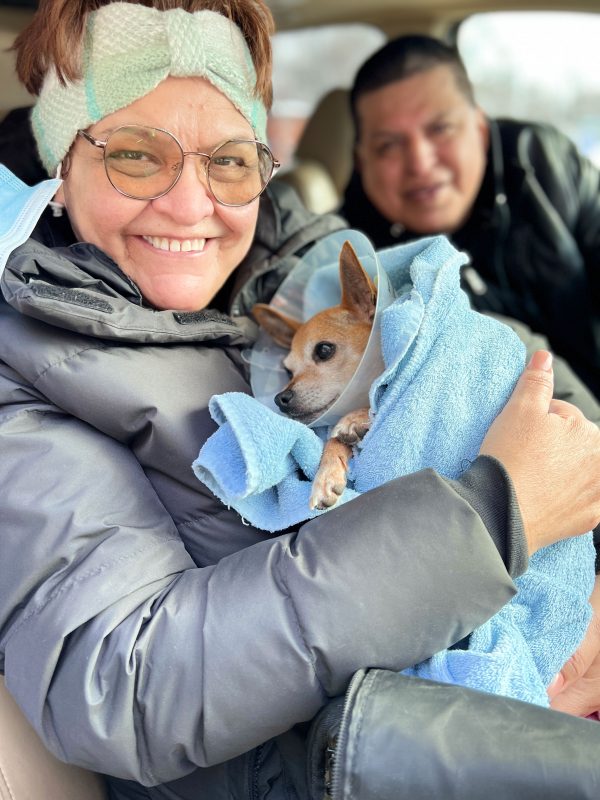
The problem with neglect
So let’s go back to that definition of abuse. Like we said, that’s pretty straightforward. Evidence of physical abuse is generally pretty obvious to anyone with a working knowledge of dogs and cats.
Neglect, however, is harder to define, as it can encompass everything from a dog living in an overgrown yard to a dog house that’s gotten run down and lets some rain in to a dog that’s kept in a crate most of the time.
That’s the area we live in. Because there are two kinds of neglect: active and passive. Active neglect is the work of someone who simply doesn’t care. It’s intentional, for whatever reason. Passive neglect is unintentional, and with pet owners it’s often because things have deteriorated in their life, their situation’s gotten out of control, and there isn’t a clear path to remedy.
We believe that there are better remedies in the case of passive neglect than impounding an animal, because we see situations where there is some level of passive neglect, but a simple conversation and access to resources solves the problem. A dog that has mats, for example. We know a woman named Virginia. Her dog Butters was her everything, had even helped her through addiction. But when we met her, Butters had a lot of mats. Virginia was struggling to get her what she needed. For us, it was no problem at all to get her access to resources to help. Butters looked and felt better, and Virginia no longer felt like she might have to relinquish her companion.
By the letter of the law we could have written her a ticket if we were animal control. She would have been fined money that she couldn’t afford to pay, and when we returned to find that nothing was different, we could have written her another one. Eventually, we could have impounded Butters.
But what does that do? As far as we can tell, all it does is separate a person from their companion animal and put that animal in a shelter where it will be afraid and alone. And because Butters wasn’t a young dog, there was much less chance that she would get adopted. And that’s a space that could be taken up by a stray found on the street.
Even sometimes in cases of active neglect, it’s because there’s something fundamental that the person doesn’t understand about their pet, either because nobody ever told them or because they were raised to believe that you just treat a dog a certain way. These are not always easy situations. People aren’t always agreeable, or they get defensive, or they’re simply afraid that we want to take their dog away from them. You don’t get a sense of what it is until you talk to them.
But we find this to be the only way to do right by both pets and the people who love them. You never know what kind of things a person’s going through. This is something we learned early on. You have that conversation and get the facts so you can have an informed assessment of what’s going on.
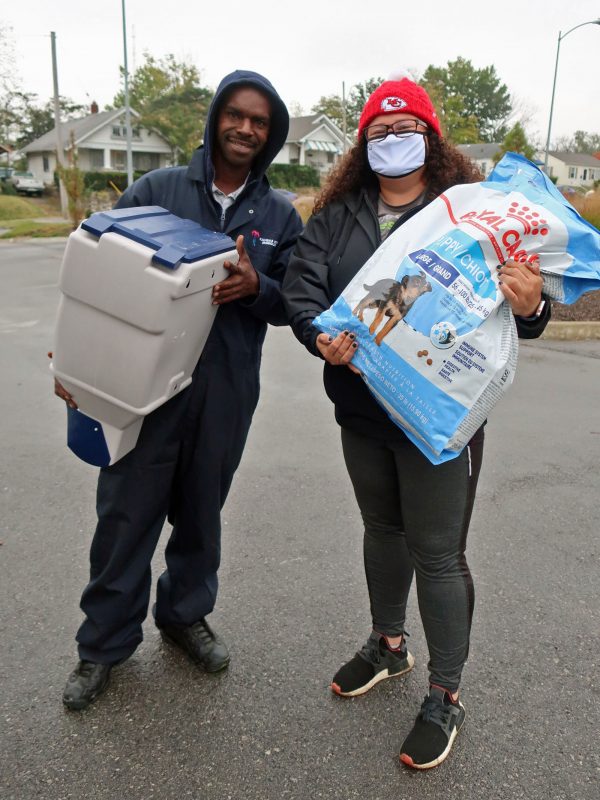
How it works in practice
So, an animal control officer can come onto the property, but they cannot go into a residence without a warrant. This is obviously in part to provide some sense of autonomy for citizens with regard to their private property, but it’s also to avoid lawsuits from citizens alleging violation of their rights. A situation like that would tie up the courts, cost taxpayers money, and drain resources from the department (which also costs taxpayers money).
But it creates another situation. When is it worth the time and effort to get a warrant, especially if you have an animal control department that is already struggling under a high caseload? It can create a sense of needing to prioritize the bigger problems and let the smaller things slide.
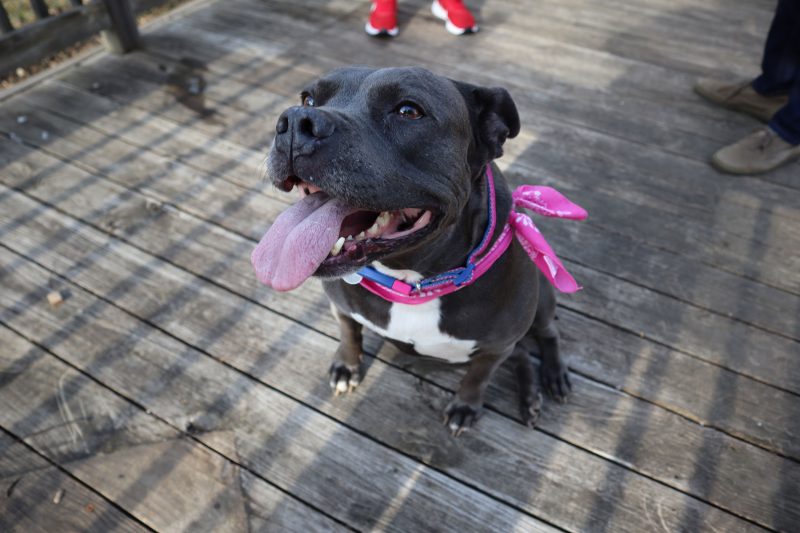
What are your options?
So, as your average citizen, what do you do? How do you approach situations of abuse and neglect?
With abuse, just report it. Report it, and if anyone else saw it, have them report it as well.
How do you do that? Well, if you’re in KCMO you can go here to report. You can also call 311 and report it over the phone. You can choose to fill out the form anonymously, but adding your contact info allows you to be contacted to give more detail about the situation. You can also attach photos to the form. However you’re doing it, the important thing is to get a case number.
Why? Because you can look up cases online to see what’s been done. It’s right here. If you scroll down and look at the dataset for the current month (updated weekly), you can look through and find the case number. You can also download all the cases animal control has gotten by clicking the “export” button near the top of the page.
Now, when it comes to neglect, it’s easy to jump to conclusions because we’re talking about the well-being of a living animal. You want this situation to be taken care of. But if this is a neighbor, let’s say, are you friendly with them? Can you talk to them? Can you introduce the idea of their pet and get a sense of where they’re at? If so, give it a shot.
If not, or if a conversation doesn’t do anything, then report it. You can report it to animal control and have them come out and take a look, or if you think it’s a situation where we might be able to help, then give us a call: 816-353-0940. Our outreach team does wellness checks when we get calls from the public to determine if we can help, and how so.
Animal welfare is a huge, sprawling network of people all working toward the same goal. Because resources get spread around among all these people, it takes regular folks filling in those gaps for us, alerting us to situations, to make sure pets don’t fall through the cracks. We’re in this together, friends.

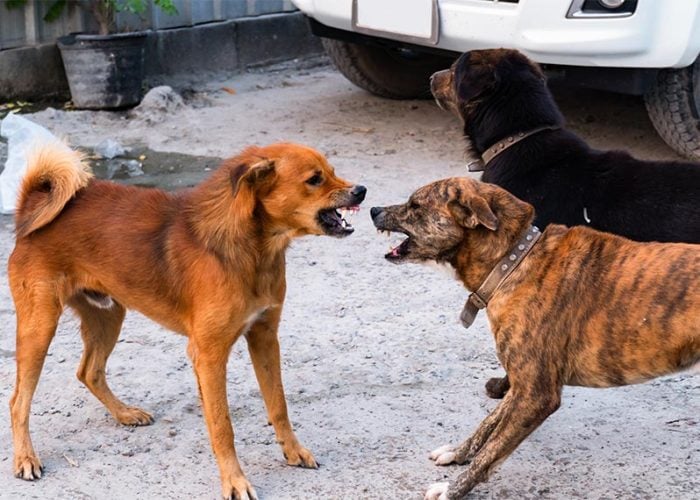
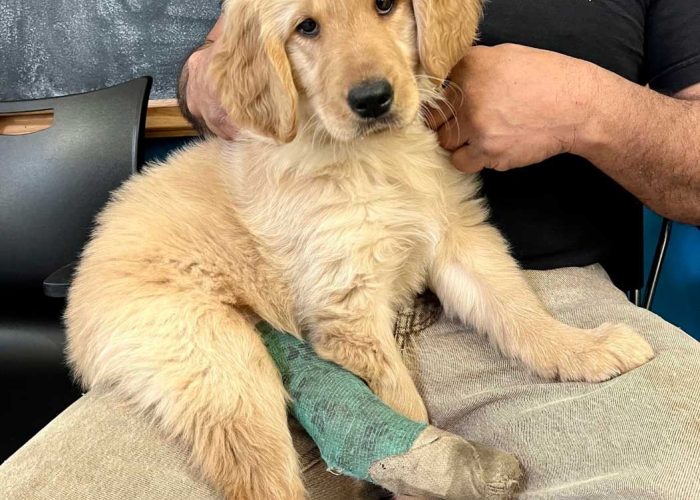
I agree. Animal control officers should tasked with the important job of removing these animals from the streets and transferring them to animal shelters so they don’t pose a danger to society.